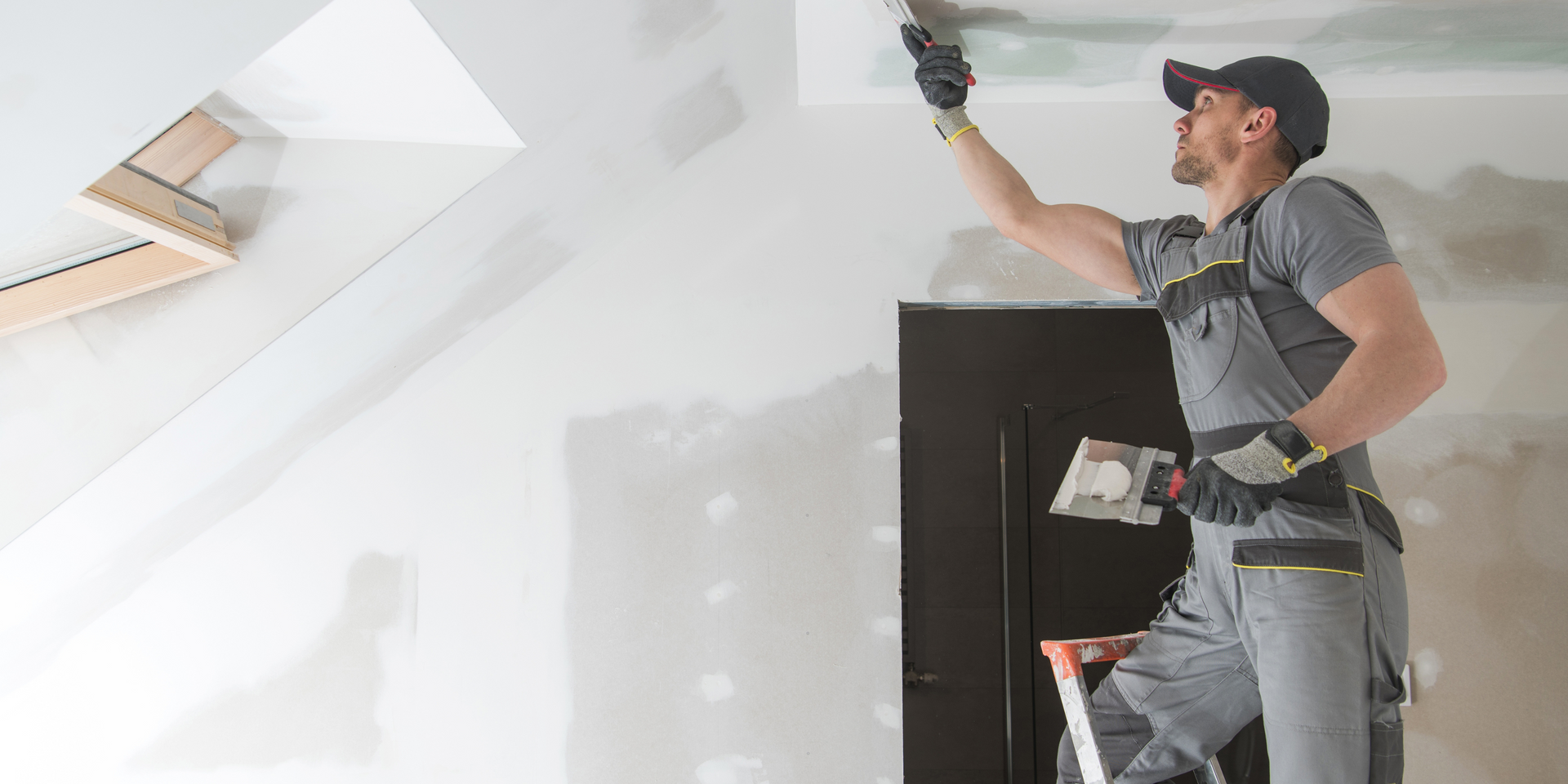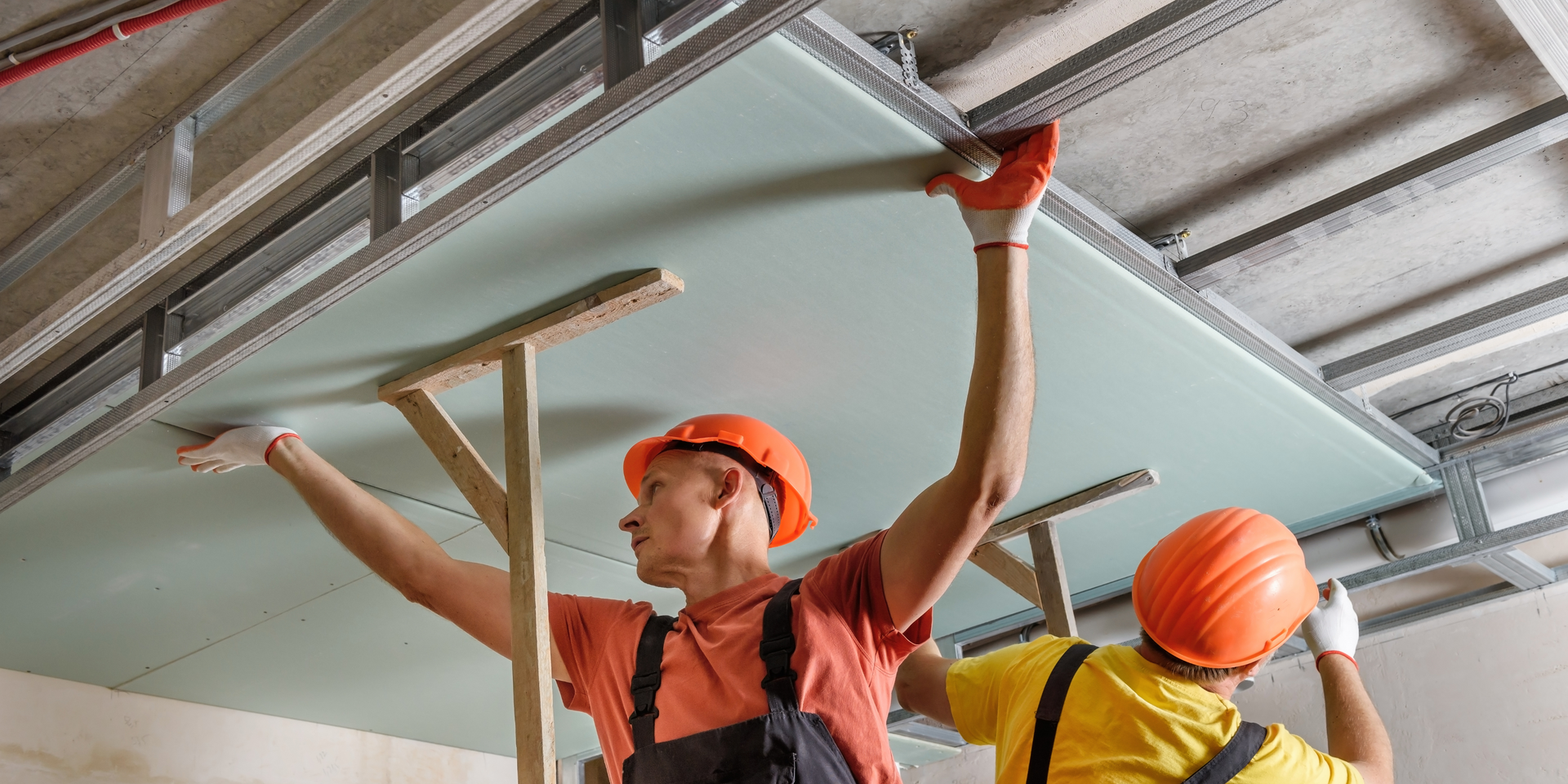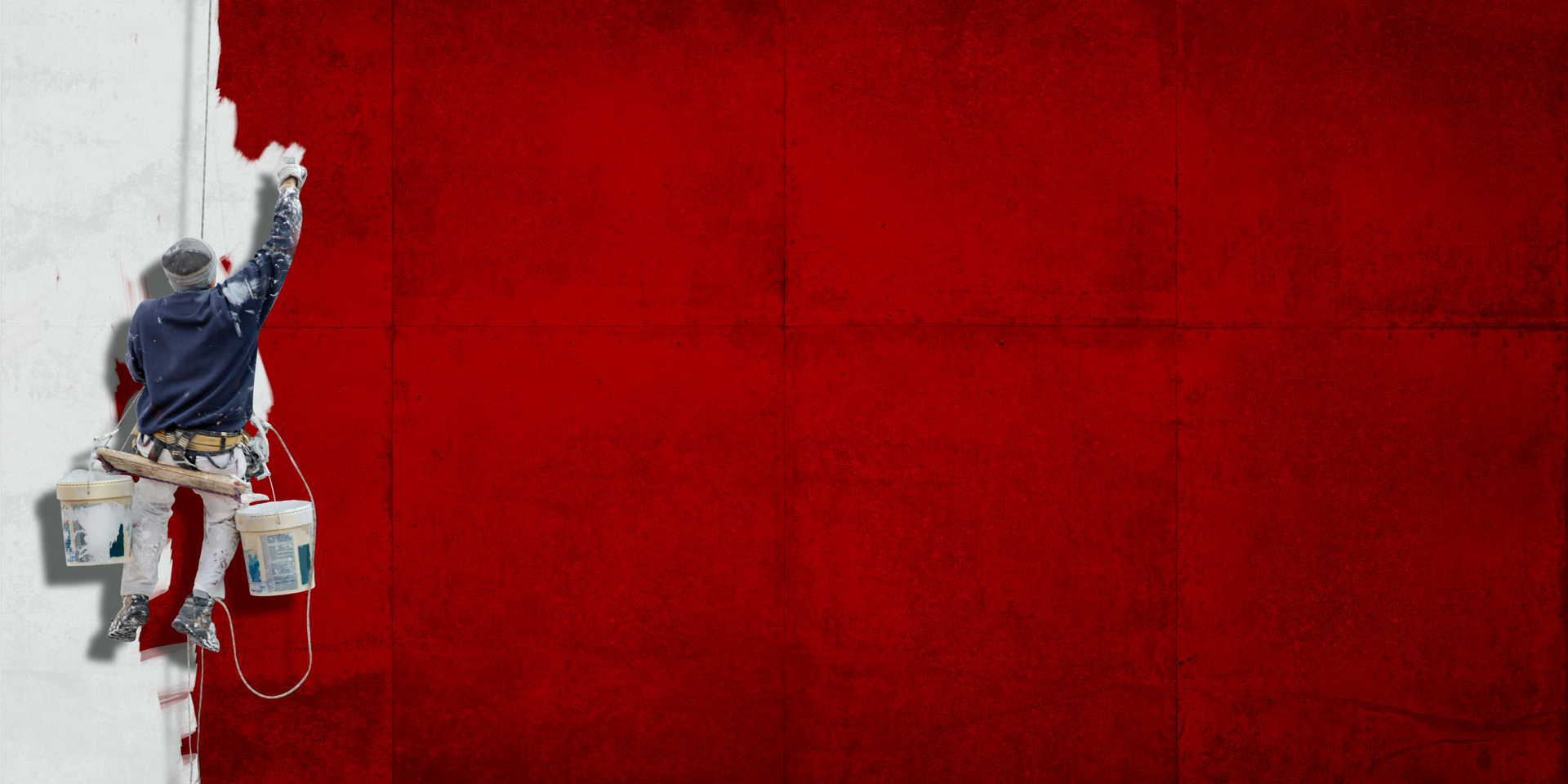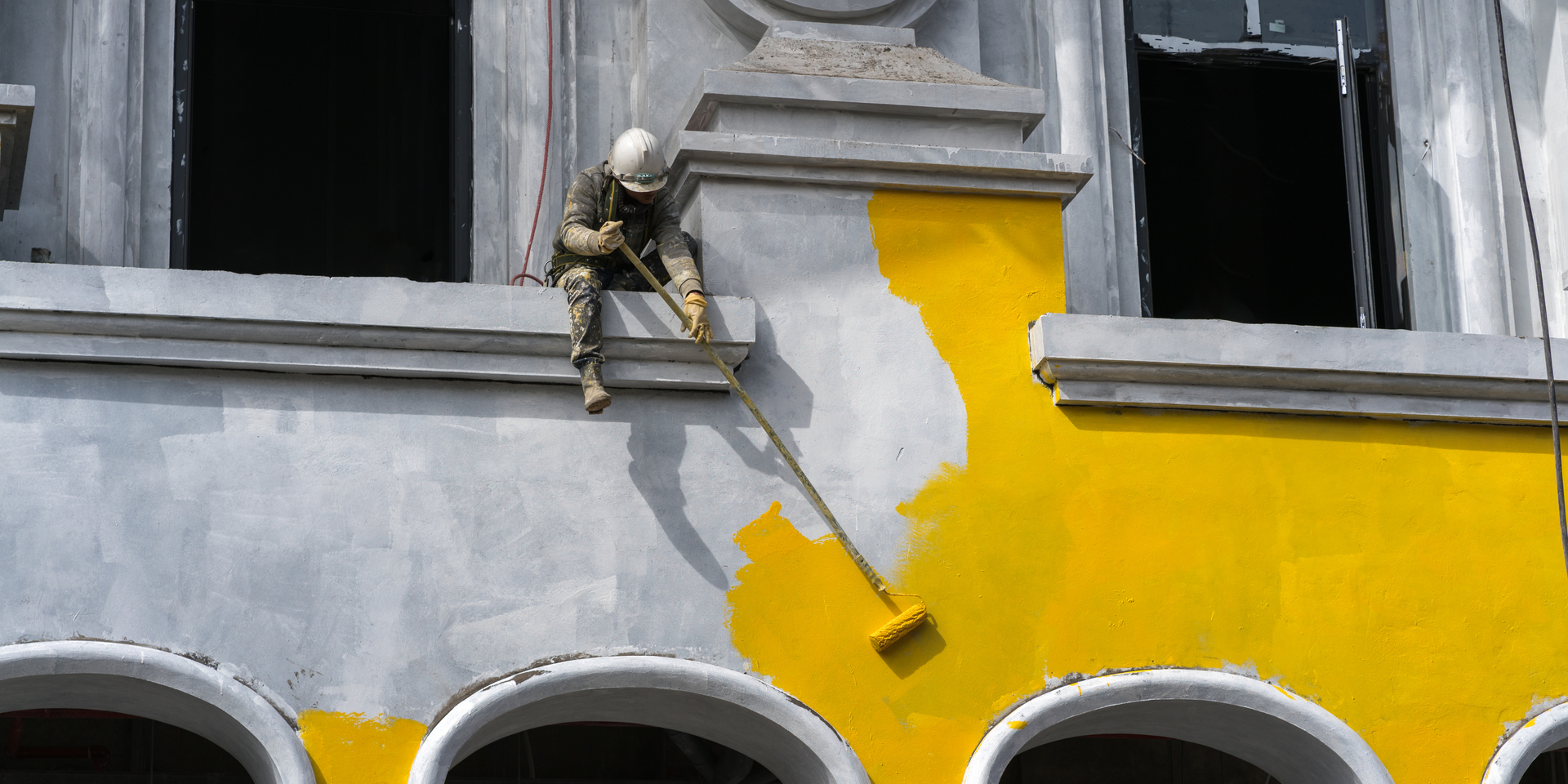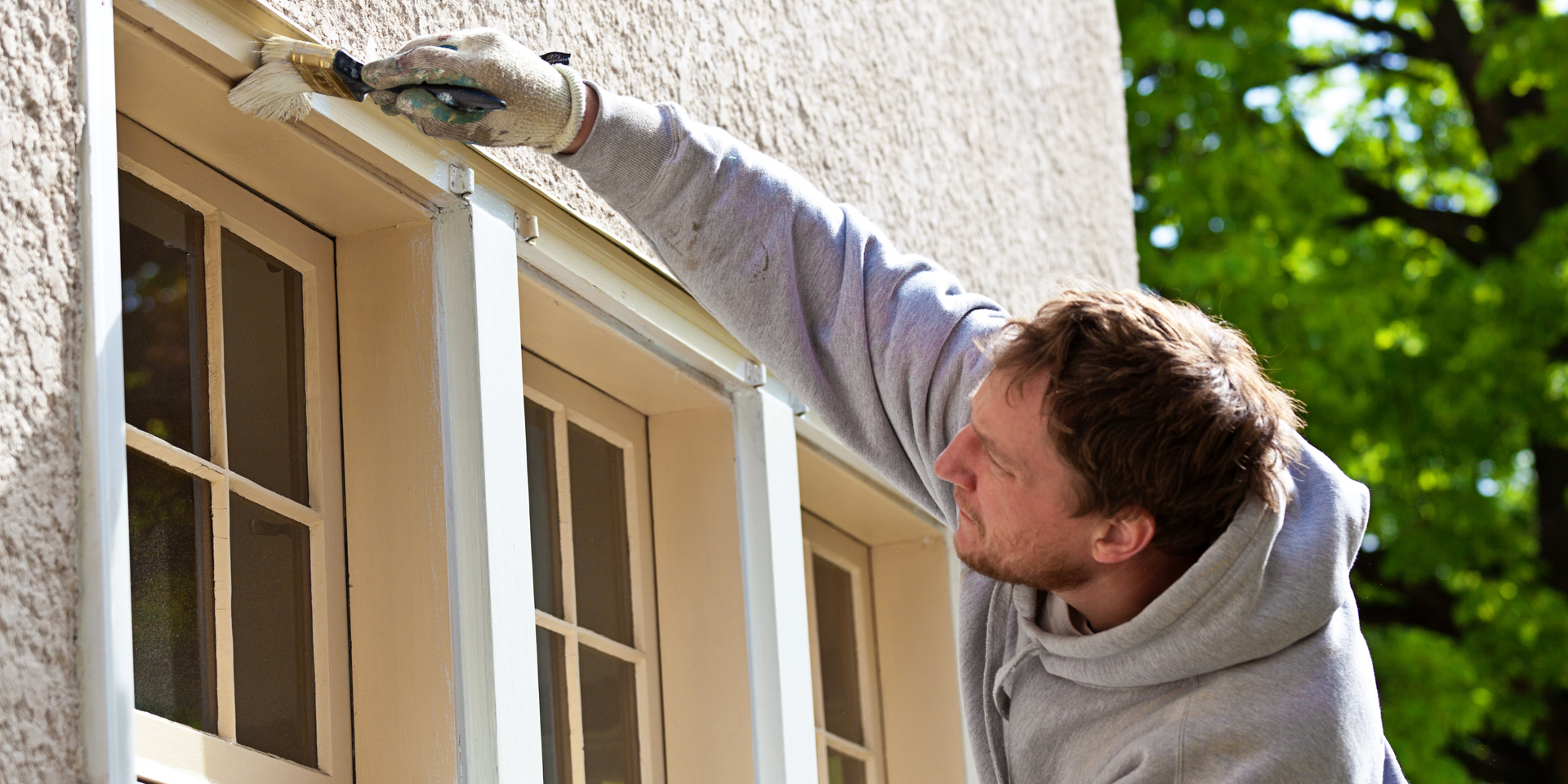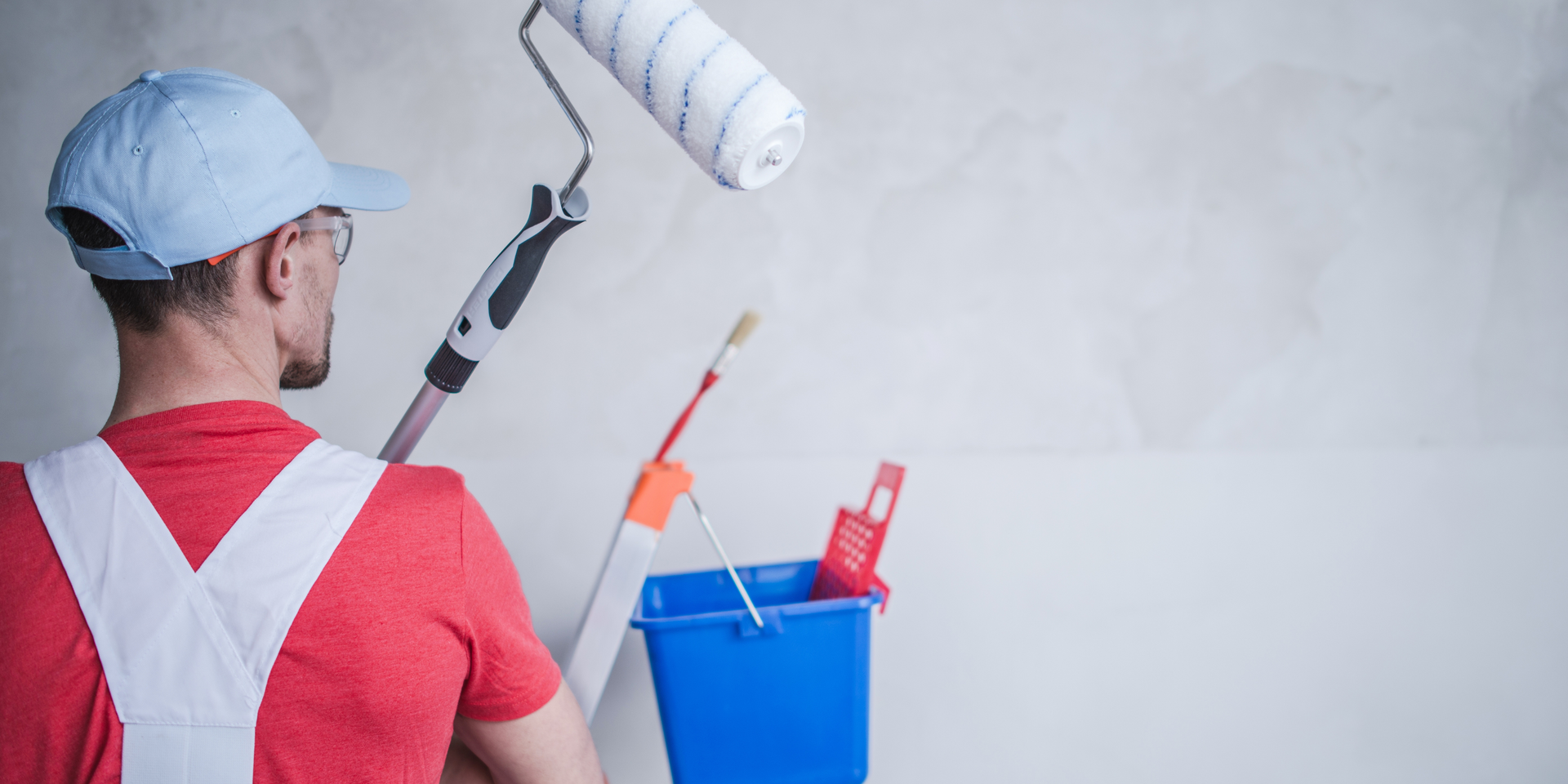Drywall Finishing in Fort Wayne, IN: 5 signs your drywall needs repaired
Drywall finishing in Fort Wayne, Indiana is one of the most commonly used materials in home construction. It provides a smooth, durable surface for your walls and ceilings, contributing to both aesthetics and insulation. However, over time, drywall can suffer from damage, which, if left unaddressed, can lead to more significant issues. Being able to identify the signs of drywall damage early can save you money on extensive repairs and help maintain the safety and appearance of your home. In this blog, we’ll explore five signs your drywall needs repair and how to handle each issue effectively.
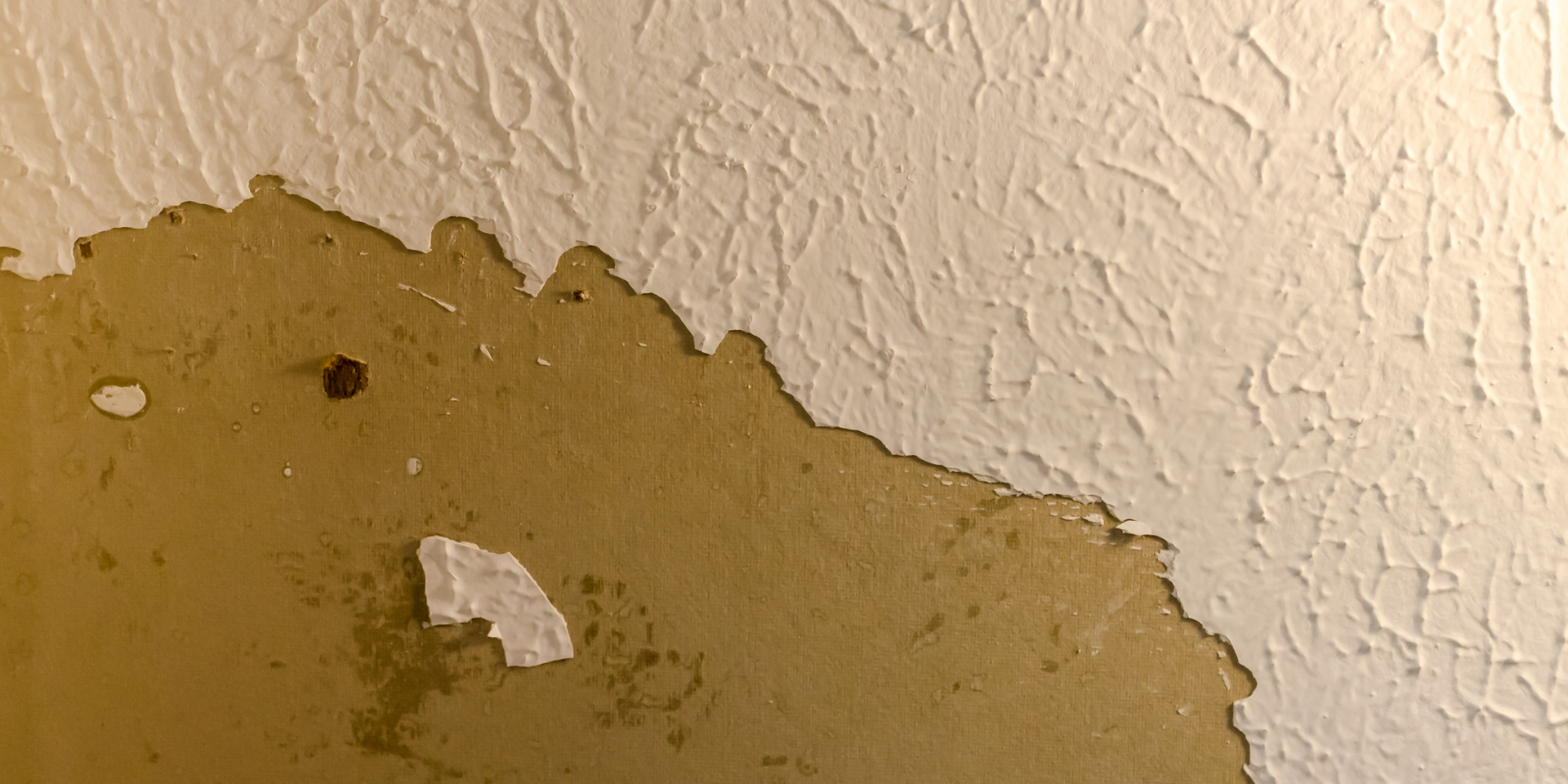
1. Visible Cracks or Holes
One of the most noticeable signs that your drywall needs repair is visible cracks or holes in the surface. Cracks can form for various reasons, including shifting foundations, temperature fluctuations, or simple wear and tear. Small cracks might seem insignificant, but they can widen over time, leading to more serious structural issues. Larger holes, often caused by impacts, can also expose the underlying structure of the wall, creating a potential entry point for moisture or pests.
What to do:
If you notice cracks or holes, it’s important to address them as soon as possible. Small cracks can often be patched with a basic drywall filler, while larger holes may require the installation of a new piece of drywall. If the cracks seem to be caused by shifting foundations, it’s worth consulting a professional to ensure that there are no underlying structural issues at play.
2. Water Stains or Dampness
Water damage is one of the most common and concerning issues that can affect drywall. If you notice water stains or damp patches on your walls or ceiling, it may indicate a leaky pipe, roof issue, or a broken seal around windows. When drywall absorbs moisture, it can weaken and become more prone to damage. Left untreated, it can lead to mold growth, further deterioration, and even structural damage to your home.
What to do:
The first step is to locate the source of the moisture. If it's a plumbing issue, you may need to call a plumber to fix the leak. If the damage is caused by a roof leak, hiring a roofer to repair the roof is essential. Once the source of the moisture is resolved, you can proceed with drywall repair. Depending on the extent of the damage, you may need to replace the affected section of drywall, especially if it has become soft or moldy. In some cases, you might be able to patch the area if the damage is minimal.
3. Sagging or Bulging Walls
Sagging or bulging drywall is an indication of serious moisture damage or structural issues. When drywall becomes damp, it can lose its shape and sag. In extreme cases, it may even begin to pull away from the studs, leading to large bulges or visible sagging areas. This is a sign that the drywall has absorbed a significant amount of moisture and is no longer performing as it should.
What to do:
Sagging drywall needs to be addressed immediately. If the bulge is caused by water damage, you’ll need to replace the affected drywall section. In addition, you should inspect the surrounding area for mold or mildew and address those issues as well. If the sagging is caused by structural problems, such as a shifting foundation, it’s important to hire a contractor to assess the underlying cause and provide a long-term solution. Once the issue is resolved, you can replace the damaged drywall and restore the integrity of your walls.
4. Nail Pops
Nail pops occur when the nails or screws holding the drywall to the studs become loose or work their way through the surface. This is a common problem that can arise from a variety of factors, such as temperature changes, settling foundations, or poor installation. While nail pops are often small and localized, they can eventually lead to larger cracks or more significant damage if left untreated.
What to do:
Repairing nail pops is relatively easy and can be done by patching the affected area with joint compound. First, drive the nail or screw back into the stud and fill the hole with drywall compound. Sand the surface smooth and paint over it to blend it with the rest of the wall. If you notice multiple nail pops or widespread issues, it may indicate that the drywall was improperly installed, and it may be worth consulting a professional to ensure the problem is addressed properly.
5. Visible Mold or Mildew
Mold and mildew are common consequences of moisture damage and can be harmful to both your drywall and your health. If you notice discolored patches, musty odors, or visible mold growth on your drywall, it’s essential to take action immediately. Mold thrives in moist, poorly ventilated areas, and if left unchecked, it can spread throughout your home and cause respiratory issues and other health problems.
What to do:
If mold or mildew is visible on your drywall, you’ll need to remove it as soon as possible. Start by fixing the source of moisture—whether it’s a leaking pipe, poor ventilation, or another issue. Then, remove the affected drywall sections and replace them with new, clean material. In some cases, it may be possible to treat smaller areas of mold with a cleaning solution, but large or widespread growth may require professional remediation. Be sure to also address the ventilation in the affected area to prevent the issue from recurring.
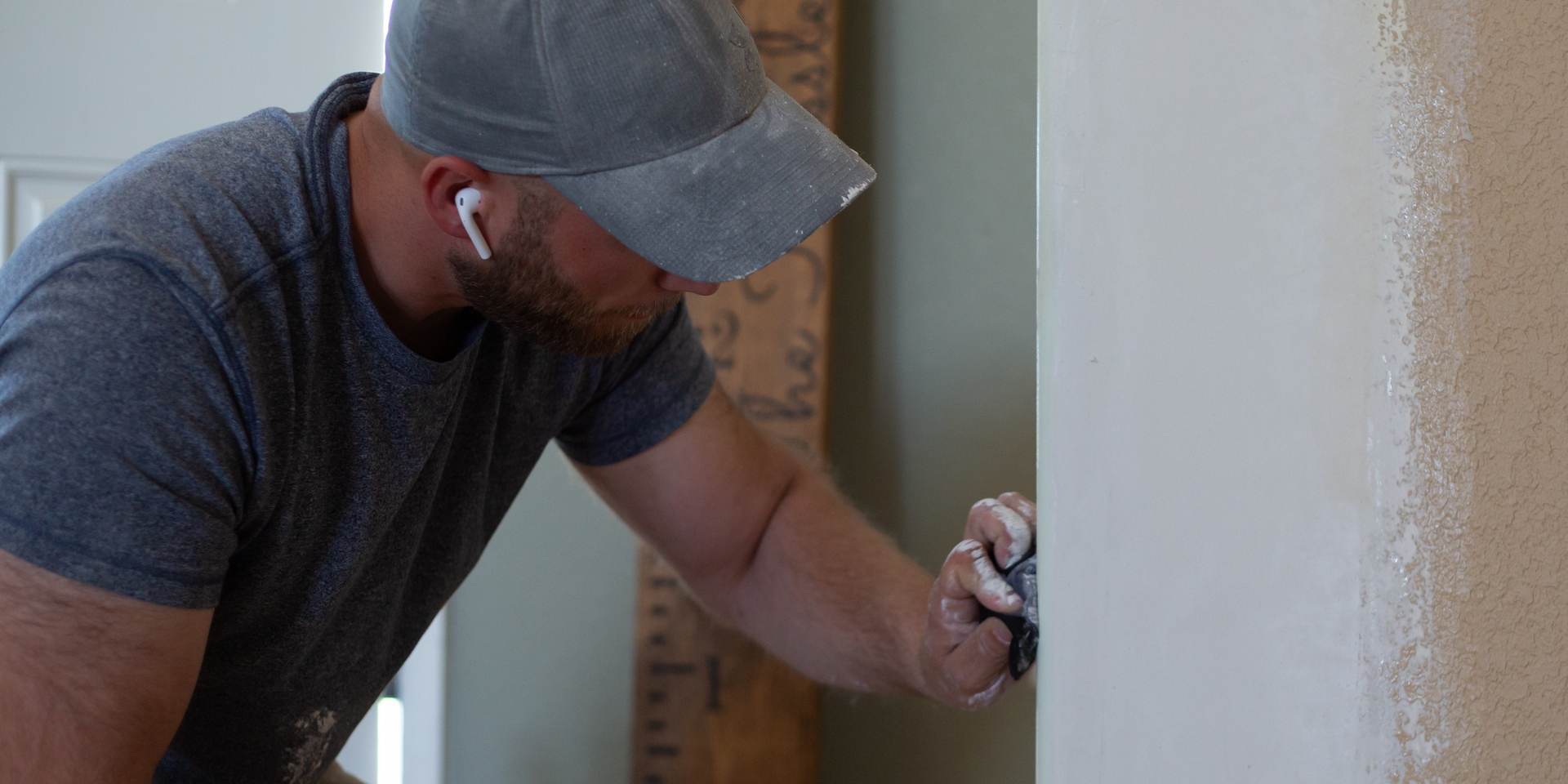
Your drywall serves as an essential part of your home’s structure, and when it begins to show signs of damage, it’s crucial to address the problem promptly. By recognizing the five signs your drywall needs repair—visible cracks or holes, water stains or dampness, sagging or bulging walls, nail pops, and visible mold or mildew—you can take the necessary steps to preserve your home’s integrity and prevent further damage. If the damage is extensive, don’t hesitate to contact a professional drywall contractor who can ensure the repairs are done correctly and safely. Remember, maintaining your drywall not only enhances the look of your home but also protects it from more serious issues down the road.

